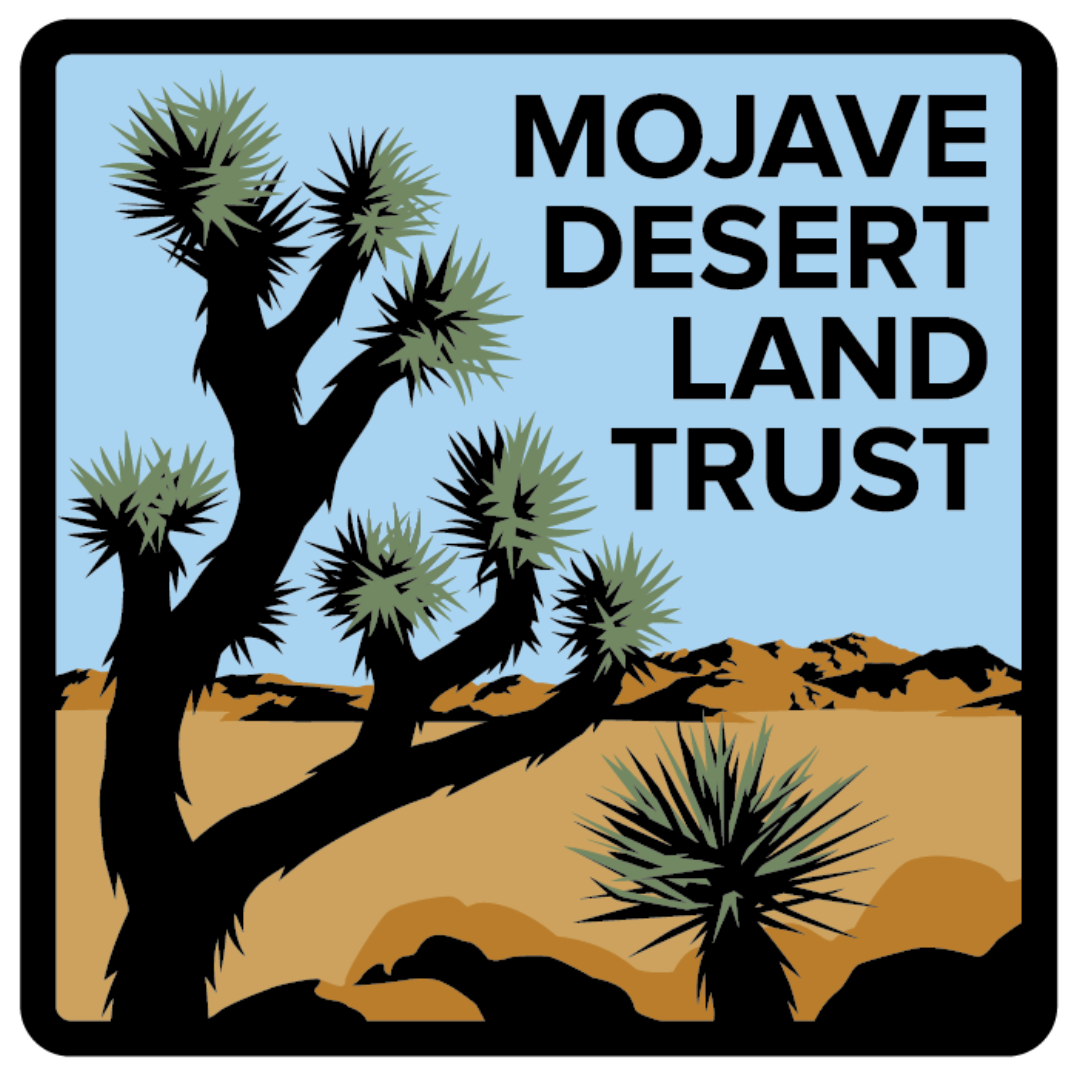Climate change
*
Climate change *
Climate innovations in the Mojave Desert
Desert life has already begun adapting to planetary extremes and there are climate innovations everywhere you look. Like the desert tortoise’s bladder, which functions like a spare water bottle. Or the Joshua tree, which does its photosynthesizing at night. The Mojave Desert Land Trust is bringing its own innovations to the climate change struggle, from banking seeds to protecting natural carbon sinks and redefining how we look at species protection.
-

Nature-based solutions to emissions
The Mojave Desert Land Trust has protected over 125,000 acres of the California desert since 2006. From mountain peaks and sand dunes to desert springs and Joshua tree woodlands, these habitats are doing double duty by repairing ecological health and storing carbon. Habitat protection and restoration help California meet its goal to conserve 30% of its lands and waters by 2030.
-

The Mojave Desert Seed Bank
Millions of seeds are safely stored in the Mojave Desert Land Trust’s seed bank in Joshua Tree. Over 750 collections, including rare and threatened species, are preserved in fridges as an insurance policy against the threat of climate change and natural disaster. Seed bank staff are using the latest techniques to test our collections and sharing our knowledge with others.
-

Redefining Joshua tree conservation
MDLT leads the coalition driving conservation efforts for the western Joshua tree, the first native plant to be legislatively protected in California due to the threat of climate change. Together, we are charting a course forward for the species. Through our seed bank and nursery, we are collecting and preserving seeds and grow young trees for restoration.
-

Growing native plants for restoration
Plant biomass is one way in which deserts store carbon. MDLT’s Plant Conservation Program has grown over 130,000 native plants for restoration projects and community landscaping since 2016.
-

Repairing the ecosystem
We promote healthy ecosystems and climate resiliency by restoring the desert’s degraded landscapes. There is an urgent need to restore degraded ecosystems to boost nature’s ability to absorb and store carbon.
-

Saving critical landscapes and waters
The changing climate will affect the supply of water in California and threaten ecosystems in the coming decades. MDLT is securing important desert riparian wildlife corridors such as the Palisades Ranch biodiversity hub.
Nature-based solutions in the desert
The Mojave Desert Land Trust has protected over 125,000 acres of the California desert since 2006.
Studies around the world have shown that desert ecosystems act as important carbon sinks, with arid soils providing the third largest global pool of carbon storage potential. In California, the desert accounts for nearly 10% of the state’s carbon sequestration; below ground in soil and root systems, and above ground in biomass. With desert ecoregions comprising a quarter of California, protecting this biome secures carbon stores in the state. The desert is expected to play an even greater role in carbon storage under rising CO2 levels. The only thing that compromises this long-term carbon storage is disturbance of the fragile desert soil.
Given their carbon storage capabilities, conservation of large, intact desert areas will have a high return on investment for climate mitigation. By limiting development, excessive OHV use, livestock grazing and other activities that disturb desert soils, we can help ensure these carbon reserves stay in the ground and out of the atmosphere.
How the desert stores carbon for centuries
Deserts store carbon through soil, plant biomass, and fungi. In the soil, plant or animal excretion and decomposition release carbon, which reacts with calcium to create calcium carbonate crystals. As some desert plant roots grow to over a hundred feet, these crystals can be deep underground. The crystals build into larger chunks over time and create carbon sinks. When the root fungi die, they leave behind their waxy coating, which aggregates and helps keep carbon in the soil. Additionally, plants take in CO2 from the air through photosynthesis and convert that into tissue. Some desert plant roots bond with underground fungi, transferring carbon to the mycorrhizae, which also store carbon. LEARN MORE
Siting of renewable energy
We need a swift transition to clean energy. California’s Senate Bill 100 requires that renewable and zero-carbon energy resources supply 100% of electric retail sales to customers by 2045. On average, the state may need to build up to 6 gigawatts (GW) of new renewable and storage resources annually. But we need to take a good look at how we’re going to get there. To protect the desert’s fragile resources, we need to leverage renewable energy options with the least impact on functioning ecosystems.
The most widely recognized form of renewable energy in the California desert is large-scale solar projects. Some facilities are poorly sited in pristine functioning ecosystems, many miles from the point of energy delivery. And this comes at a great environmental cost.
The Desert Renewable Energy and Conservation Plan (DRECP) was developed in a decade-long collaborative effort to manage desert lands in California. Over 50 stakeholder groups at the federal, state, and local levels worked together to develop a land use plan that balances conservation, recreation, and renewable energy development on more than 10.5 million acres of California desert public lands. The DRECP created ‘development focus areas’ with lower conservation values for large-scale renewable energy projects. We advocate for renewable energy projects to fall within these development focus areas, and encourage the prioritization of projects in previously disturbed areas.
